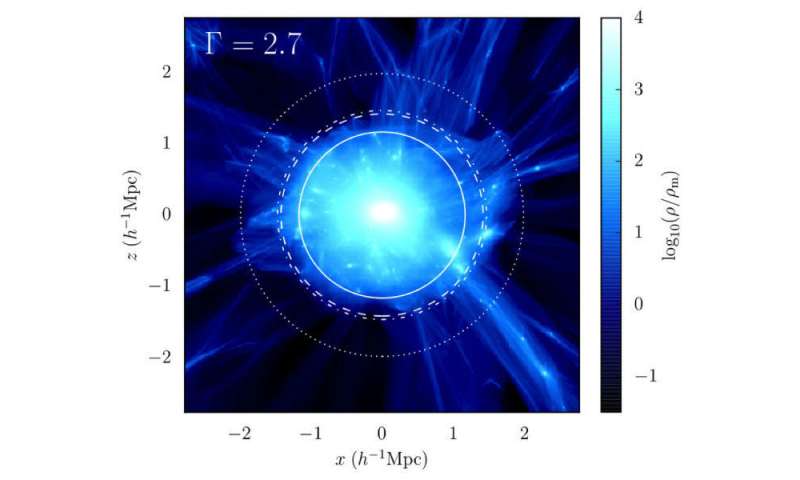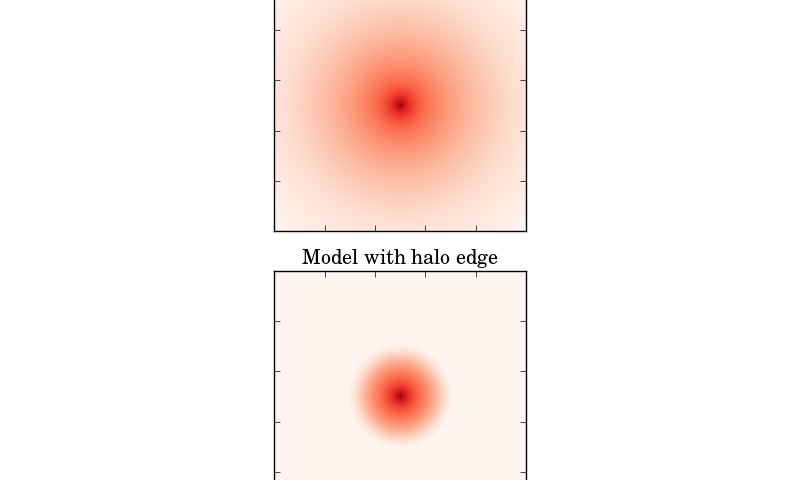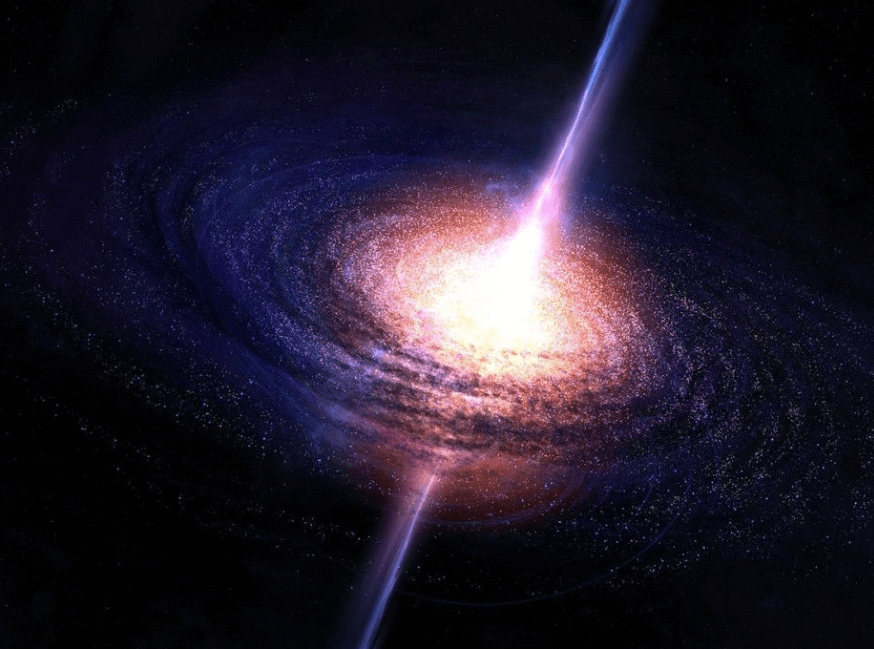Since the 1970’s dark matter and all that comes with it has remained a mystery for scientists. We know it’s there, but proving it has always been difficult. However, scientists reckon that as much as 80 percent of all matter in the Universe is what’s known as dark matter. These particles affect how objects moved within the Galaxy and played a key role in how these galaxies and galaxy clusters formed in the first instance.
Dark matter stretches far beyond the furthest stars of the galaxy where eventually dark matter halo’s are formed. Within these dark matter halos, particles charge around chaotically keeping themselves puffed up to balance out the effects of the pull of gravity. Current research is being conducted that may give insight into the structure of these halos. One such study that’s being done is by Bhuvnesh Jain, a physics professor at Penn’s School of Arts & Sciences, and postdoc Eric Baxter.

“People have generally imagined a pretty smooth transition from the matter bound to the galaxy to the matter between galaxies, which is also gravitationally attracted to the galaxies and clusters. But theoretically, using computer simulations a few years ago, researchers at the University of Chicago showed that for galaxy clusters a sharp boundary is expected, providing a distinct transition that we should be able to see through a careful analysis of the data,” says Jain.
Baxter commented, “You have this big dark matter halo sitting there, and it’s been accreting matter gravitationally over its entire history. As that matter gets pulled in, it gets faster and faster. When it finally falls into the halo, it turns around and starts to orbit. That turnaround is what people have begun calling splashback because stuff is splashing back in some sense.” The matter slows as it splashes back down, but because this is happening in many different directions, a build up of matter occurs at the edge of the halo and a steep decrease right outside that position.

The pair examined the distribution of galaxies around clusters using the Sloan Digital Sky Survey (SDSS). They conducted a joint analysis of several million galaxies and discovered that there was a drop at the edge of the cluster as way as various galaxy colors. “But those big stars live very short lives,” says Baxter. “They blow up. What you’re left with are these smaller, older stars that live for long periods of time, and those are red.” The reason these galaxies appear red is that they’re no longer forming stars.
“Previous studies have shown that there are interactions inside of the cluster that can cause galaxies to stop forming stars,” said Baxter. “You could imagine for instance that a galaxy falls into a cluster, and the gas from the galaxy gets stripped off by the gas within the cluster. After losing its gas, the galaxy will be unable to form many stars.” That’s why scientists figure galaxies that have spent more time orbiting through a cluster will appear red, while others just starting to fall will be blue. A shift in color right at the boundary of the galaxy indicates where dark matter halos lie.
The next project the researchers are working on involves a deeper study of more than a hundred million galaxies using what’s called the Dark Energy Survey (DES). The DES is a massive map maker of the sky that uses a huge camera to capture images of above with incredible detail and allows researchers to take expanded measurements, taking them to even higher distances. Through gravitational lensing, researchers are able to probe dark matter halos while analyzing images of the sky. “Light is going to bend if there’s mass,” said Baxter. “By measuring these deflections, we can measure the mass directly which is cool because most of the mass is dark matter which we can’t see, so it’s kind of a unique way to probe the dark matter.”
Moving forward the researchers are hopeful that their research will allow a better understanding of dark matter and all that comes with it. The next step would be to be able to mark the edge of a dark matter halo. This would allow the researchers to go on then and test things like nature of dark matter and Einstein’s theory of gravity. “It’s just a new way of looking at clusters. Once you find the boundary, you can study both that standard physics of how galaxies interact with the cluster and the possible unknown physics of what the nature of dark matter and gravity is,” commented Lain.
More News to Read











